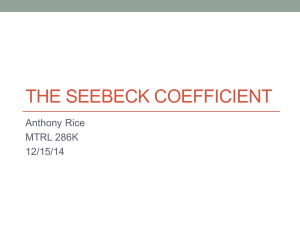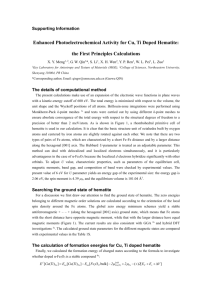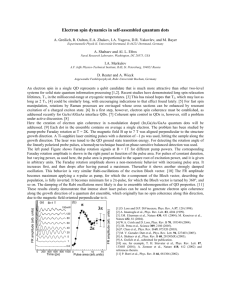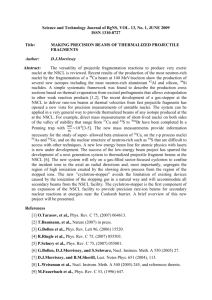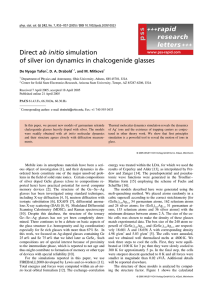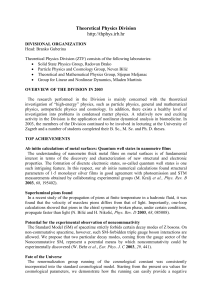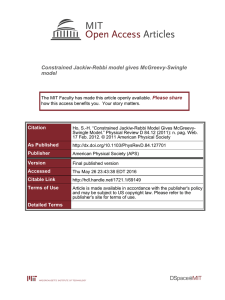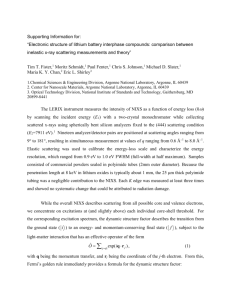Supplemental_Materials
advertisement
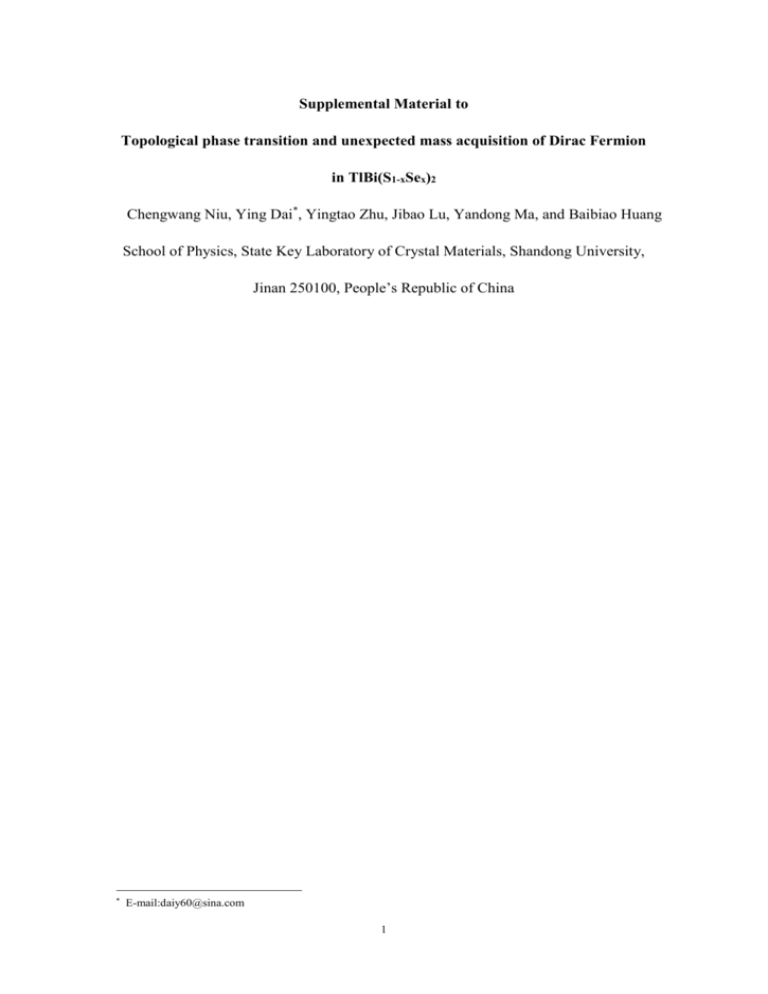
Supplemental Material to Topological phase transition and unexpected mass acquisition of Dirac Fermion in TlBi(S1-xSex)2 Chengwang Niu, Ying Dai*, Yingtao Zhu, Jibao Lu, Yandong Ma, and Baibiao Huang School of Physics, State Key Laboratory of Crystal Materials, Shandong University, Jinan 250100, People’s Republic of China * E-mail:daiy60@sina.com 1 The calculations are performed using the projector augmented wave method as implemented in the Vienna ab initio simulation package (VASP).1 Generalized gradient approximation in the scheme of Perdew–Bueke–Ernzerhof is used to describe the exchange correlation potential.2 An cut-off energy of 400 eV is sufficient to converge the total energy within a tolerance of 10−6 eV. For the Brillouin-zone sampling, a Γ-centered 5×5×7 Monkhorst-Pack mesh of k points is used to sample the integration in the Brillouin zone for the bulk while a 9×9×1 k mesh used for the (111) surface. The vacuum layer of 20 Å is used to avoid interactions between nearest slabs. The lattice parameters and all the atomic positions are fully relaxed until the residual forces on each atom are smaller than 0.01 eV/Å. Spin-orbit coupling is included on a fully self-consistent basis. The spin-polarization calculations illustrate that all TlBi(S1-xSex)2 are nonmagnetic. TlBiSe2 (TlBiS2), similar to binary topological insulator Bi2Se3, has the rhombohedral and hexagonal cell and belongs to the space group of R3m .3 The hexagonal unit cell consists of 12 atomic layers that arranged in the order Tl-Se(S)-Bi-Se(S) along crystallographic z direction is used for the bulk cases. The Tl-Se(S)-Bi-Se(S) atom sequence results in four possible surface terminations, a case of Se(S) atoms exposed and Bi atoms beneath the surface is chosen for our calculations due to fewer bonds are broken in forming this surface,4,5 and to eliminate the hybridization between top and bottom surface, the calculations are carried out based on a slab with 47 atomic layers6. 2 Fig. S1. Most stable configurations of 12-atom TlBi(S1-xSex)2 at x=1/6 (a), 2/6 (b), and 3/6 (c), and that of the higher Se concentrations can be obtained approximately by switching the Se and S atoms in the structures with complementary x values. The Se atoms prefer to substitute for the S atoms bonded to different Tl and Bi atoms as far as possible (in other words, as randomly as possible). 3 Fig. S2. Diagrams depicting δi at the time reversal invariant momenta (TRIM) at the vertices of the cube. The Z2 topological invariants 0 ;( 1 2 3 ) is defined as (1) 0 n j 0,1 n1n2 n3 , i1,2,3 (1) n j i 0,1; ni 1 n n n . 1 2 3 4 Fig. S3. Spin texture of the conduction-band Dirac cone for the 47-layer slab TlBiSe2. Constant-energy contours are given at the bottom. The near ideal Dirac cone indicates that the direction of the electronic spin is mostly in-plane and is perpendicular to the momentum space track. 5 Reference 1 G. Kresse and J. Furthmuller, Phys. Rev. B 54, 11169 (1996). 2 J. P. Perdew, K. Burke, and M. Ernzerhof, Phys. Rev. Lett. 77, 3865 (1996). 3 K. Hoang and S. D. Mahanti, Phys. Rev. B 77, 205107 (2008). 4 H. Lin, R. S. Markiewicz, L. A. Wray, L. Fu, M. Z. Hasan, and A. Bansil, Phys. Rev. Lett. 105, 036404 (2010). 5 S. V. Eremeev, G. Bihlmayer, M. Vergniory, Y. M. Koroteev, T. V. Menshchikova, J. Henk, A. Ernst, and E. V. Chulkov, Phys. Rev. B 83, 205129 (2011). 6 J. Chang, L. F. Register, S. K. Banerjee, and B. Sahu, Phys. Rev. B 83, 235108 (2011). 6
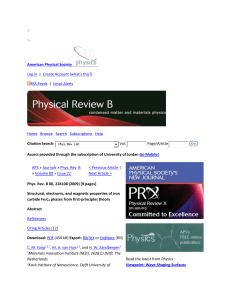
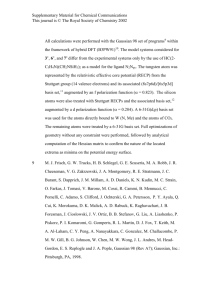
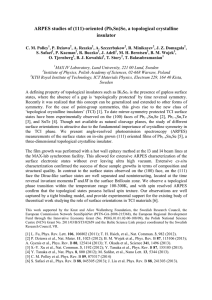
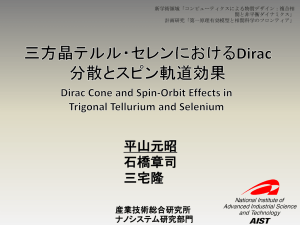
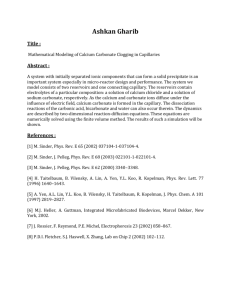
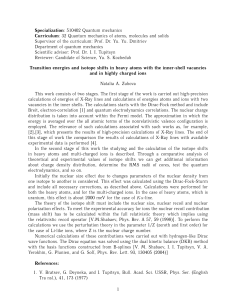
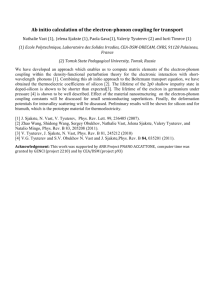
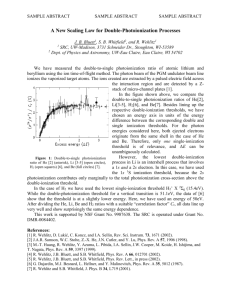
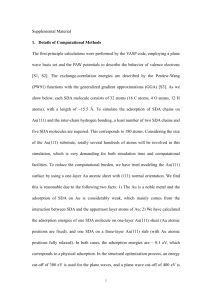

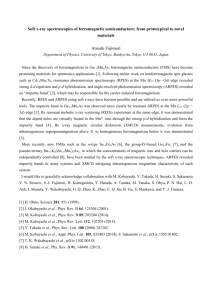
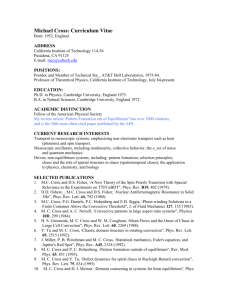
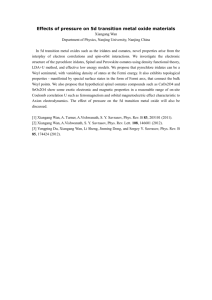
![[2] M. Jarrell et al. Phys. Rev. B 63, 125102 (2001).](http://s3.studylib.net/store/data/007051421_1-3a556fc83d1ee1debd574fe7aa8c3fec-300x300.png)
